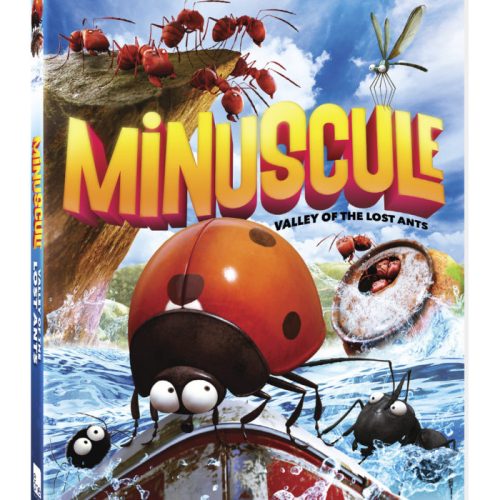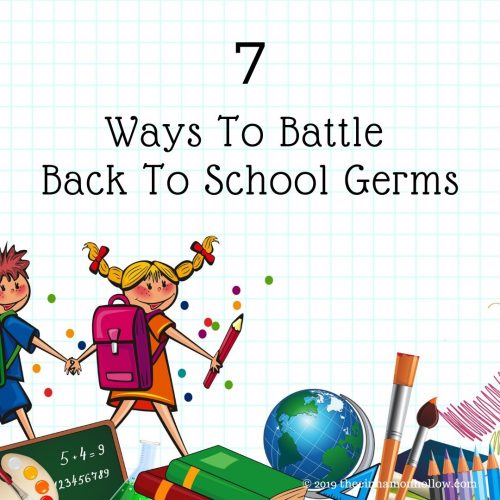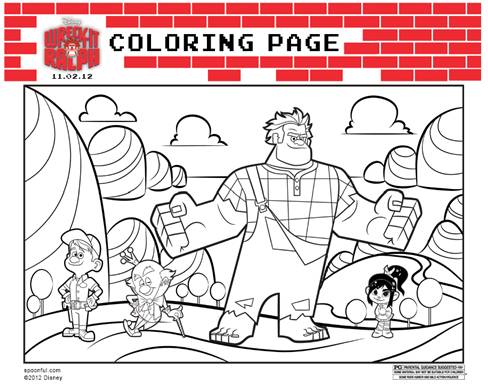So, your kids are at the age where they are starting to take a little more interest in spirituality. They may be asking questions about God and craving a deeper understanding of what being a Christian really means.
Even if your child hasn’t started asking questions yet, it’s important that they have a solid understanding of the core meaning of what being a Christian is all about. There could be no better way to address this than to have them read the Word of God.
It lays a foundation of faith that provides them with a sense of identity. It’s also one of the best resources that can help build a strong relationship with God.
That being said, it can be a little challenging to decide which Bible to start with. When you consider the number of versions out there; some complex, some overly simplistic, choosing the right translation or version is key.
In this article, let’s look at how to go about choosing the right Bible for your kids.
Ensure Your Children Are Ready to Read and Understand the Bible
Before we even begin talking about Bible versions or editions, it’s important to have a realistic idea of what your child is ready for. Have they read other Christian-themed books before, or are you hoping to start directly with the Bible?
If your child is particularly young, it’s worth remembering that reading in general can be a relatively uninteresting task. There’s no point in choosing a Bible for your child and being frustrated by their lack of interest. Christian Parenting notes that Bible reading shouldn’t feel like a chore or be treated like more schoolwork for kids.
It might be productive to lay a sort of ‘pre-foundation’ that will ensure that their first foray into the gospel will be fruitful.
This can involve spending time with your kids and talking over core principles and concepts of Christianity that are likely to be confusing. When you consider the number of adults who have doubts and questions, it’s a good idea to give them some context before they start exploring the Bible.
Are Cut-Down “Kid Bibles” a Good Idea? What Are They Like?
Hopefully, with some context provided, your kids now have some idea of what the Bible is about and are ready to start reading. Now, you need to decide which approach to take when it comes to Bible selection.
One option is to look at Bibles that are specifically directed at children. These focus on simplified language, grammar, and colorful illustrations.
According to Lifeway Christian Resources, such interactive elements can introduce archeological evidence and explain new concepts in an engaging manner for children.
They may also take a more ‘storybook’ approach and present chapters in a more easily followable manner. This does have the benefit of avoiding the complex theological language that regular Bibles have.
Books and chapters within the Bible may be simplified and presented in such a way that the sequence of events is also presented in chronological order. Longer chapters may be condensed and simplified to not be overwhelming, and there may be sections that help children explore key morals.
This can include the wisdom or character traits that can be learned from notable moments or figures in the Bible.
Considerations When Opting for Complete Bible Versions
Of course, there are many Christians and parents who believe that the Bible shouldn’t be modified. There’s a valid concern that, in simplifying the content, the overall impact and meaning of each chapter or verse may be lost.
If that’s a concern you have, and you wish to only introduce the regular Bible to your child, well, that also makes sense. Of course, this would mean that your child may need to be a little older. However, certain translations can still be started earlier.
For instance, while the King James Version may be more suited for kids in their late teens, children between the ages of 12 and 17 may find it easier to read something like the ESV translation. It’s still not the simplest, but it offers a great balance between simplicity and accuracy.
Younger children might find the ERV translation more approachable, as it focuses on shorter sentences and doesn’t require an extensive vocabulary to understand.
In conclusion, finding the best Bible for your kids requires that you have a clear objective for their spiritual growth.
Do you want to have them start reading simplified scriptures at a young age and switch over to something complex like the KJV later on? That’s certainly one way of doing things.
If not, you can have them start with a regular Bible but with a simpler translation like the ESV or the ERV. The benefit of this option is that they receive a complete, unfiltered biblical experience. There is no simplification or condensation of chapters.
This is a choice that you should make in conjunction with your spouse and perhaps seek the advice of your pastor as well. Both options have their benefits, and it’s not like they are locked into only one option. You can encourage your kids to explore different translations as they mature and develop their individual preferences.








